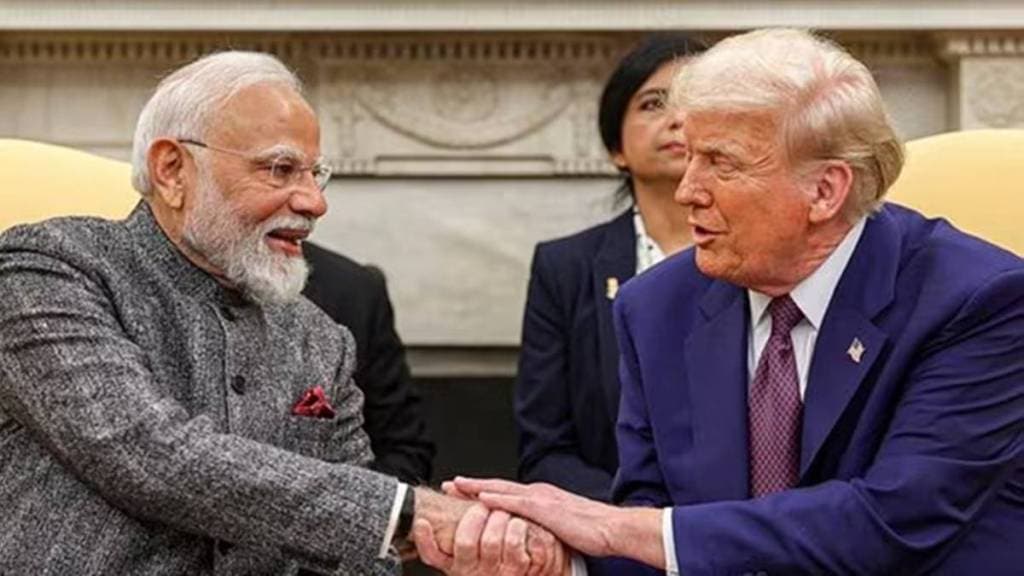As the July 9 deadline approaches, the United States and India remain locked in crucial trade negotiations amid mounting global tensions and uncertainty over President Donald Trump’s tariff strategy. With high-stakes discussions hanging in the balance, all eyes are on the release of Trump’s highly anticipated “tariff letters” on Monday.
What are the tariff letters?
President Trump is expected to unveil detailed tariff notifications, dubbed “tariff letters” outlining the future of trade relations with several countries, including India. These letters will determine whether a long-negotiated trade deal has been reached or whether a steep 26% tariff on Indian goods will come into effect. The announcement follows Trump’s 90-day pause on tariffs, which was announced after his “Liberation Day” speech. That moratorium is set to end on July 9 but may be extended to August 1.
Where India stands now?
India has been engaged in high-level negotiations with the U.S. to avoid the tariff hike. Talks were led by India’s chief negotiator Rajesh Agrawal, who returned from Washington last week after intense discussions. India is currently subject to a 10% tariff on select goods, and if no agreement is reached, an additional 16% will be added, bringing the total to 26%. However, Trump has threatened an additional 10% tariff for countries he accuses of supporting “anti-American” BRICS policies, which could push India’s tariff burden to 36%.
The key sticking points in the negotiations appear to be unresolved issues in the automobile and agriculture sectors. Trump has accused India of creating an uncompetitive market and blocking U.S. entry, telling reporters aboard Air Force One, “Right now, India does not accept anybody in… If they do that, we are going to have a deal for much less tariffs.” Despite the pressure, India’s Commerce Ministry has asserted that it will prioritise national interest over any imposed deadlines.
The BRICS factor
Tensions escalated after the recent BRICS Summit in Brazil, where the 10-member bloc, including India, condemned U.S. and Israeli military actions in Iran and criticised the use of tariffs as political leverage. Prime Minister Narendra Modi, speaking at the summit, also took a veiled swipe at Western double standards toward the Global South remarks seen as a subtle dig at the U.S. These statements prompted Trump to warn that countries aligned with BRICS’ “anti-American agenda” may face harsher tariffs.
Despite the friction, both sides appear optimistic about reaching at least a limited agreement. Officials familiar with the matter have indicated that a mini trade deal is likely, one that could freeze tariffs at the current 10% rate and open the door to broader, long-term negotiations. Trump, for his part, signaled optimism: “India and the U.S. are going to have a deal. It’s going to be a different kind of deal,” he said, suggesting that it could be based on market access and competitive parity.
If a deal is not struck by July 9, the 26% tariff will automatically come into effect. Should Trump decide to impose an additional 10%, the effective rate would rise to 36% , a scenario that could deal a major blow to Indian exporters.

